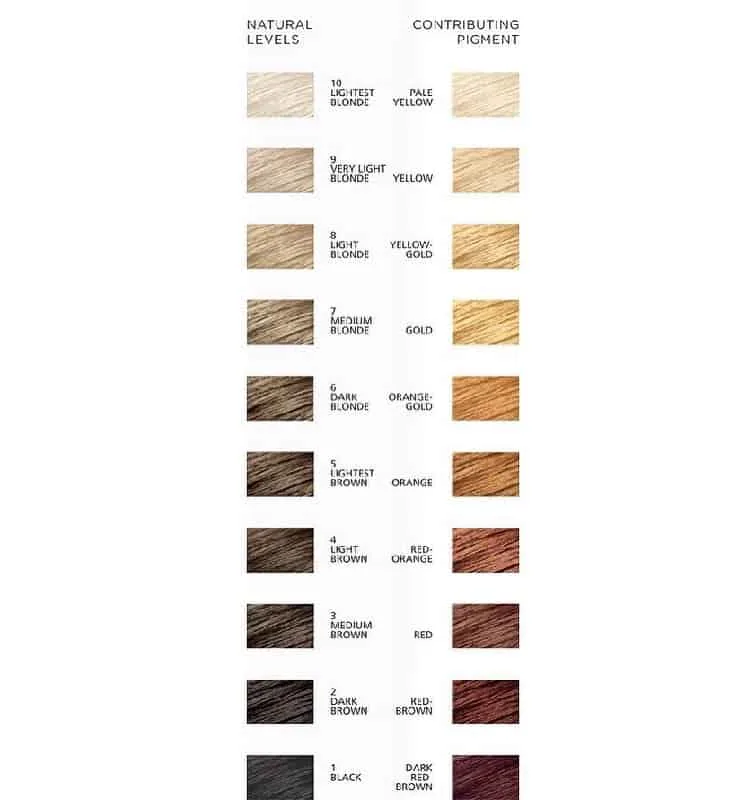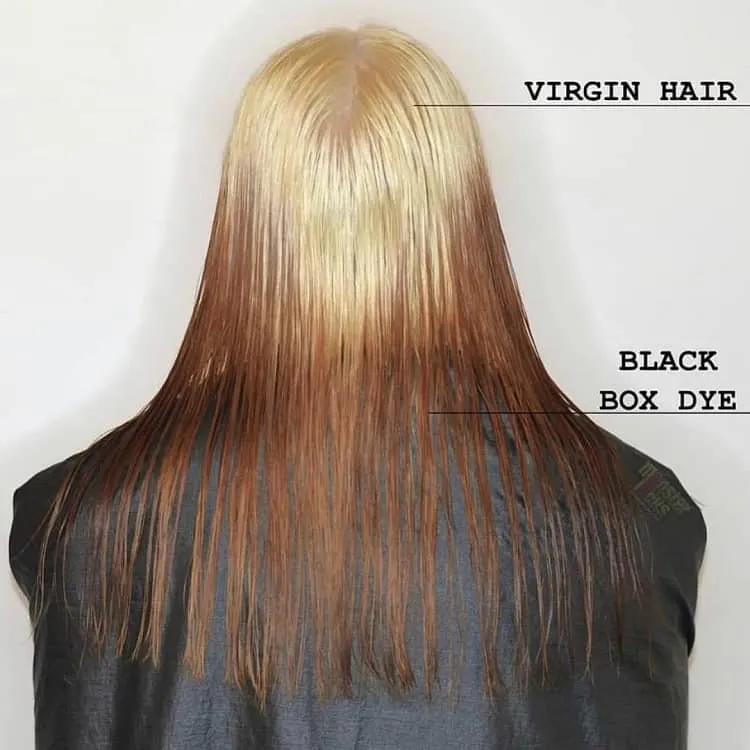To understand hair color correction, we need to have a good understanding and be able to recognize the basic fundamentals of the different levels of color.
Hair Color Levels
Hair colors are industry described as levels 1-10. Level one is jet black thru to level 10 which is a white blonde, with some color ranges having an additional level 11 and 12 for the different blonde hues.
Once you can easily recognize accurately at a glance the different levels of hair color you will be able to accurately tone, neutralize and cancel out unwanted colors and tones.
Pigment Color
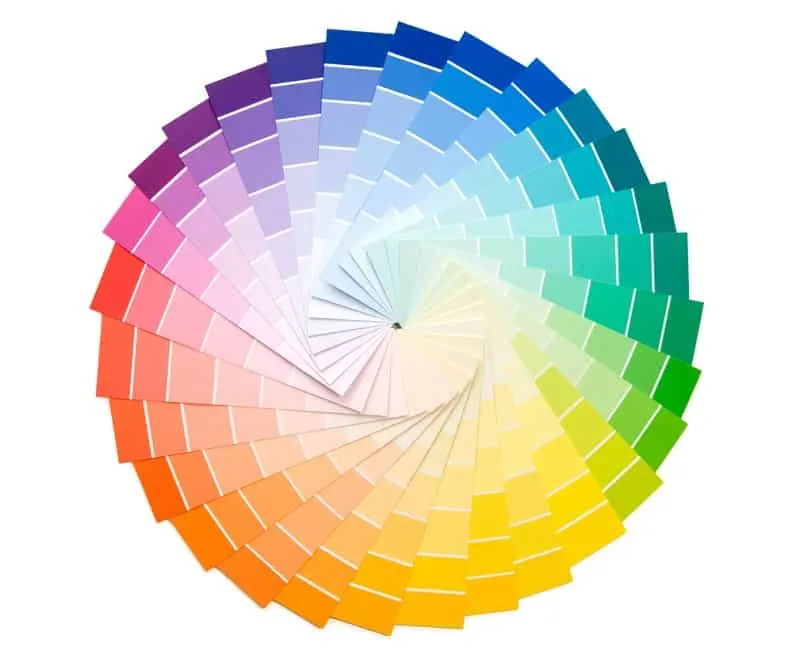
Different colors on the color wheel can be used not only to neutralize a color but to accentuate it also. For example, you can use a small amount of violet to neutralize yellow in blonde – or you can double up and make the yellow hair violet!
Or use a small amount of red corrector to neutralize green (usually caused by coloring without enough pigment filler) or double up to make the hair red! The color correctors sure are pretty cool!
To correctly neutralize or cancel out the unwanted tones you need to at first identify exactly what the underlying pigment is and you can only work on that level or darker.
You can not use a toner that is lighter than the remaining pigment you are trying to cancel out! It just won’t do anything! This is why you need to be able to recognize the pigment color at a glance!
Then you need to identify the color directly opposite on the color wheel and that is the color you need to neutralize the color pigment you have. It’s also not necessarily the same all the way down the hair shaft! You will need to add or remix to ensure you neutralize ALL of the United wanted tones.
Pro tip: Actual color correctors are more desirable to use vs melanin imitating colors because the color correctors work on the core of the hair vs Implanting Melanin so they last longer.
Types of Pigment
When we color hair there are lots of different factors that contribute to the outcome and the quality of the completed color. One of the essential contributing factors is the 2 different types of pigment that occur in hair.
Natural Pigment
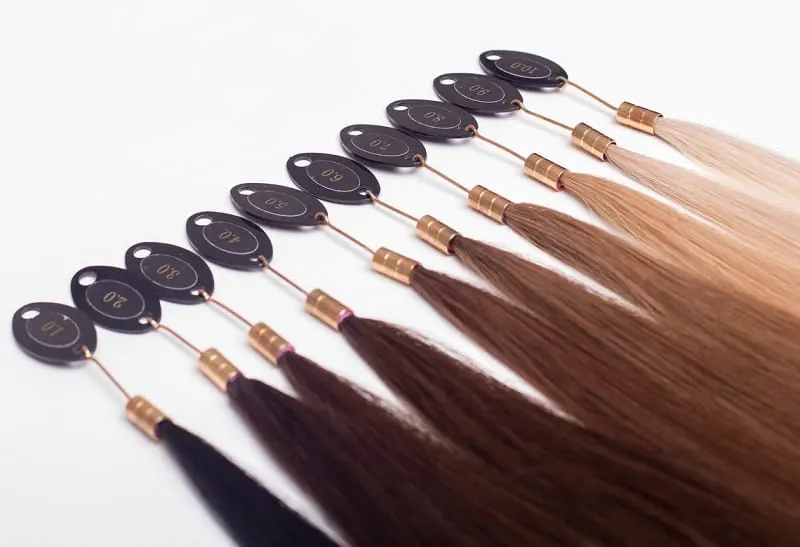
The first one is Natural Pigment which occurs naturally in the hair and dictates the actual natural color of the hair. Natural hair color is determined by the different types and amounts of Melanin.
Black hair is created by large amounts of eumelanin, Brown hair is created by moderate amounts of eumelanin, Blonde hair is created with very small amounts of melanin, Red hair is created by large amounts of Pheomelanin and Grey is created when the hair follicle loses its ability to create Melanin.
Natural hair colors can be various degrees of combinations of the above to make our individual hair types unique! Hair pigments can change not only at varying times in our lives and major hormonal changes but also down the length of the hair shaft! The underlying pigment is exposed when we apply bleach!
Synthetic Pigment
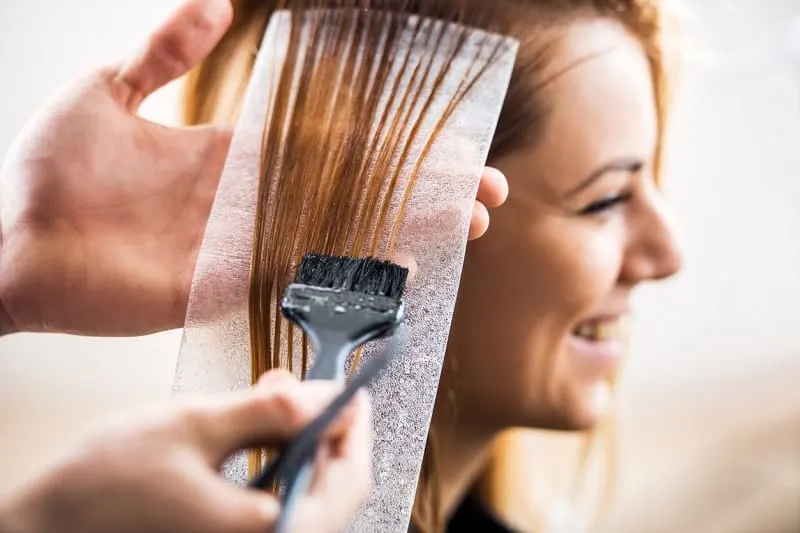
The second is synthetic pigment in which we apply or have applied to our hair in the whole lifespan of that hair! Sometimes long hair can have had dozens of different pigments applied over the course of the hair’s lifespan! The synthetic pigment can be applied in the form of color, hair mousse products, purple and color shampoos.
When we are color-correcting we need to consider both types of pigment as they are equally important.
However, the results of the application of synthetic pigment are evident as soon as the color has been applied, yet the results of the natural pigment become more apparent after a couple of washes when the color has settled in and the underlying reflect off the natural color comes through. This is when colors can become brassy if they have not been colored correctly.
Color Correction & Achieving the Perfect Color

There is also a lot of other factors that can alter the outcome of good color service, and hair is different from root to tip more often than not. This needs to be acknowledged and the correct level of peroxide chosen for the different parts of the hair.
Hair that is requiring grey coverage may require 6 to 9% peroxide when old highlights, faded tips and shattered ends may only require 1.5 to 3 percent peroxide. When hair colors are pulled through vs remixing the correct level of peroxide for the ends it finishes in a dry (Damaged) Matt look color. When the right level of peroxide is chosen and mixed the result is glossy healthy hair to finish.
A porosity equalizer otherwise known as a protein spray applied to the drier mid-lengths to ends will help even out the more porous ends and will also help the melanin (color) hold in the hair longer.
PRO TIP: The best color option is often semi-permanent with semi activator in the same color as the permanent color and the color correction re-evaluated and added for the mid-lengths to the ends.
Why Don’t Box Colors Work Well?
Why do box colors not have a good outcome even if the correct shade is chosen? Box colors actually work differently from salon colors, box colors are a cheap imitation of Salon colors, using firstly and foremostly cheap low-grade ammonia, peroxide, Henna and metallic salts.
Box colors actually adhere to the keratin – rather than infusing the hair with synthetic melanin. This is why they build up and become black on the hair shaft from repeated use rather than giving a nice even color.
Box colors also have a single one-size-fits approach to the peroxide levels (usually 6%) which may work for the roots – but it absolutely destroys the ends which often are already highlighted, porous, shattered or Fragile hence multiplying the damage to the hair.
Taking Care of Your Hair Color
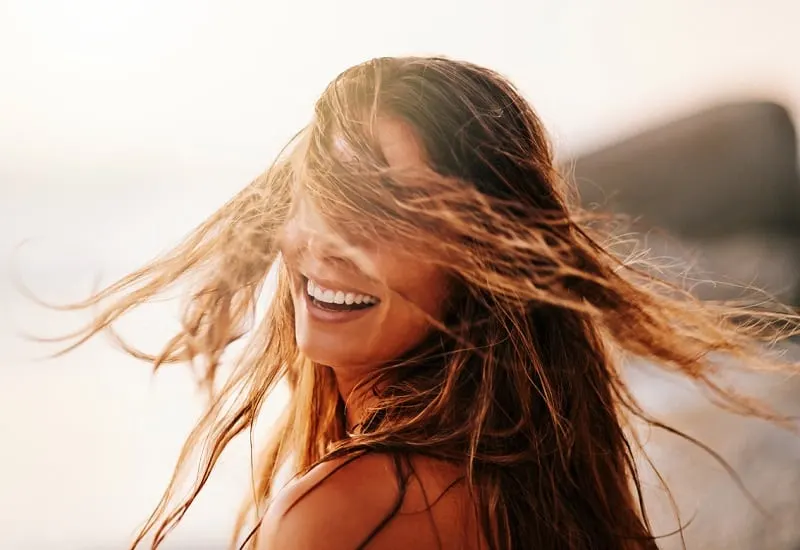
To conclude, a great hair color correction needs to be followed up with a good home care routine. When cheap shop brand shampoos and conditioners are used, they often have similar actives to detergent and absolutely strip the new color out of the hair!
In fact, if we wish to lighten the hair a little without a chemical procedure we can use cheap shampoo. A great color or color correction needs to be maintained with salon products to get the ultimate life out of the color. Keep the hair healthy and maintain the amazing color you have invested in.
Happy Hair Days!

